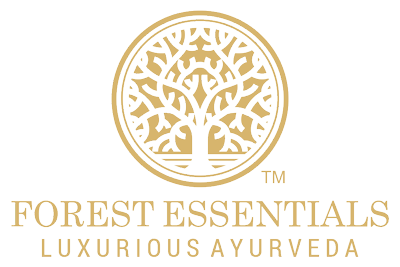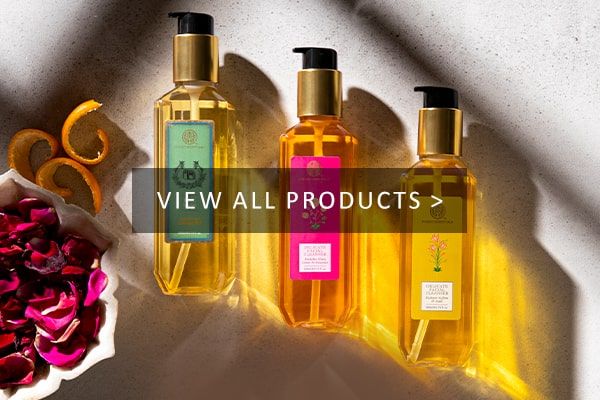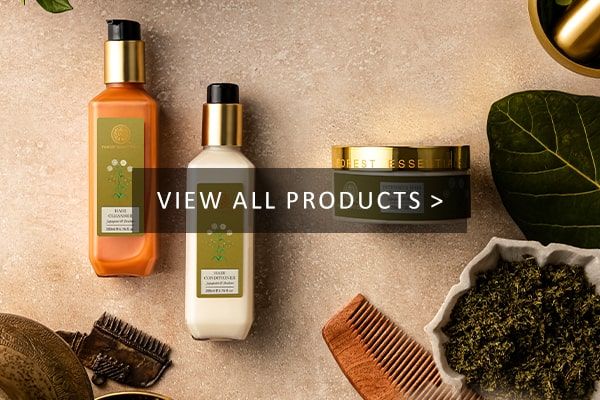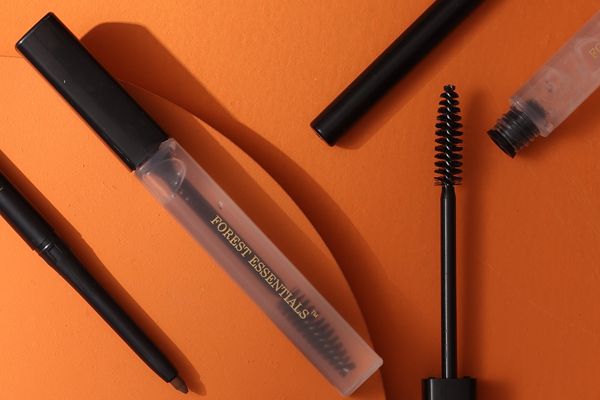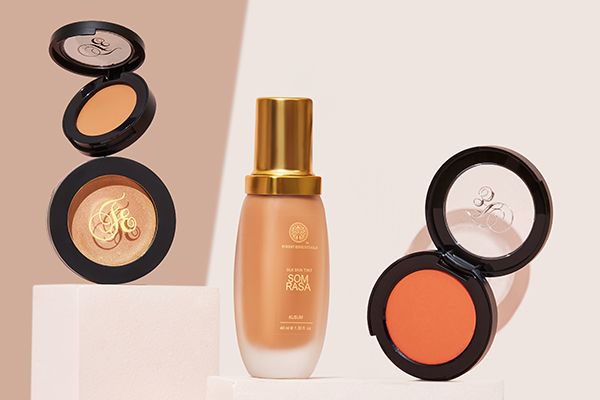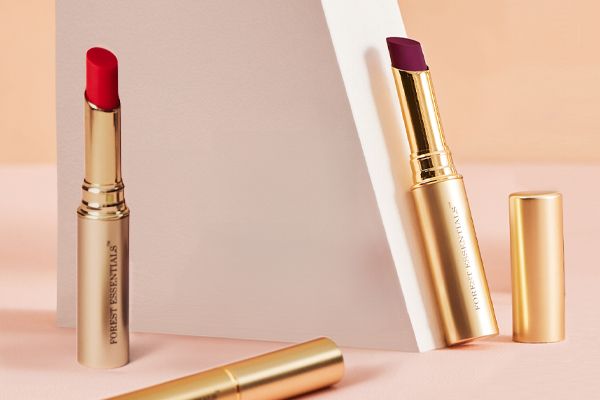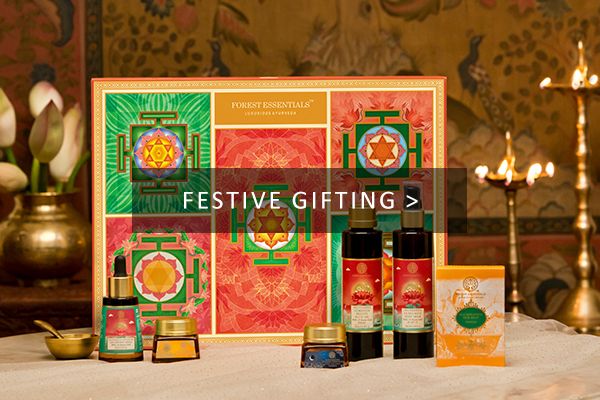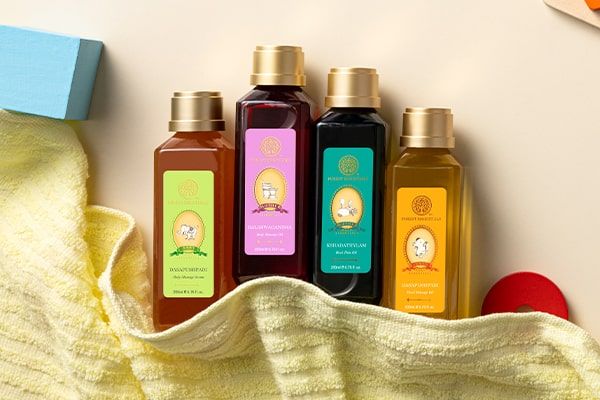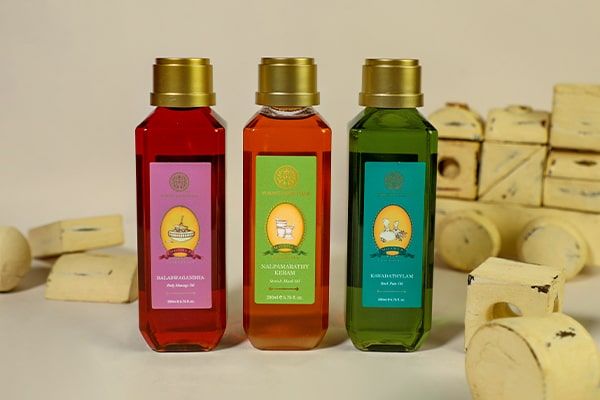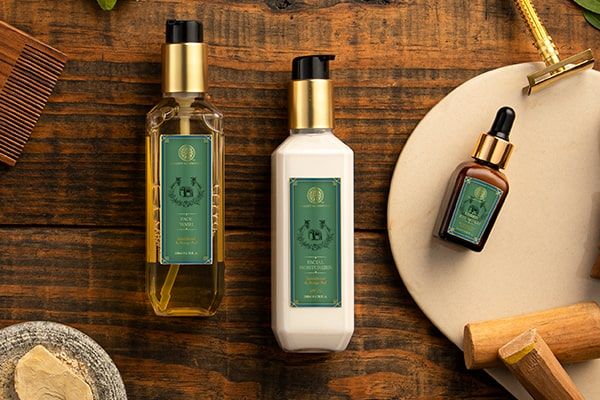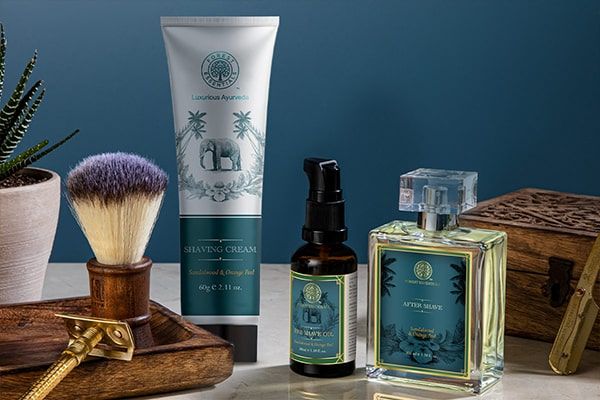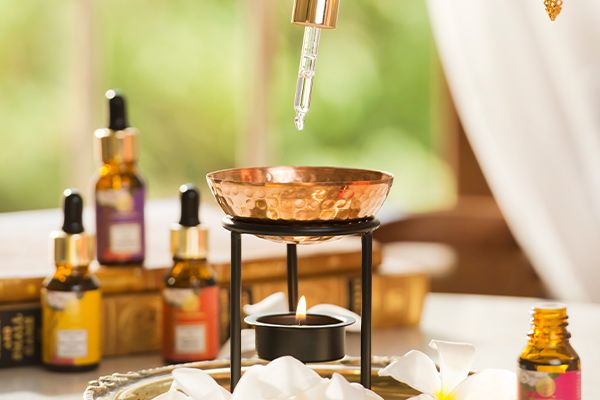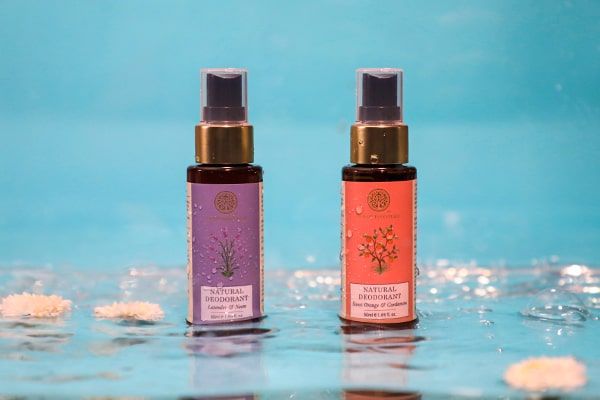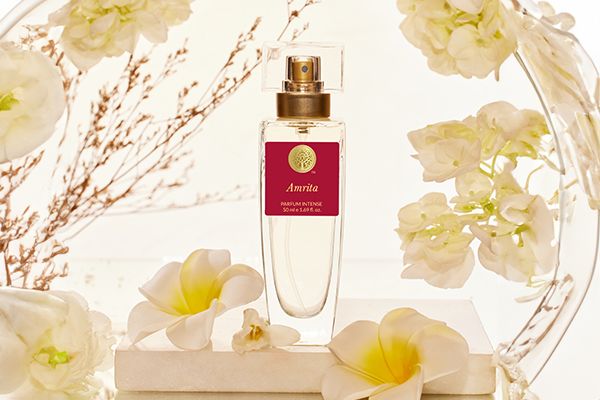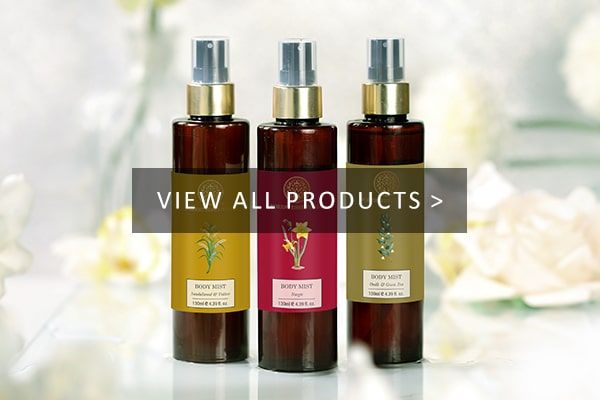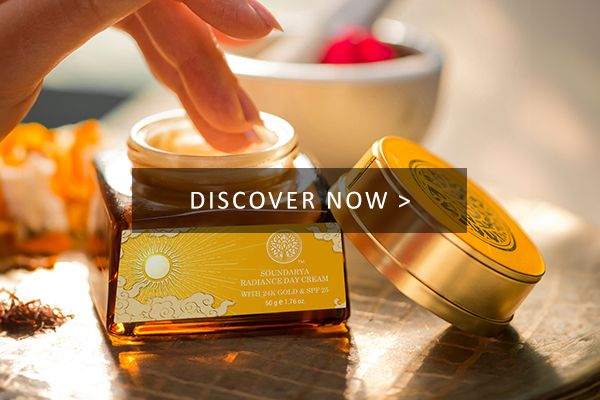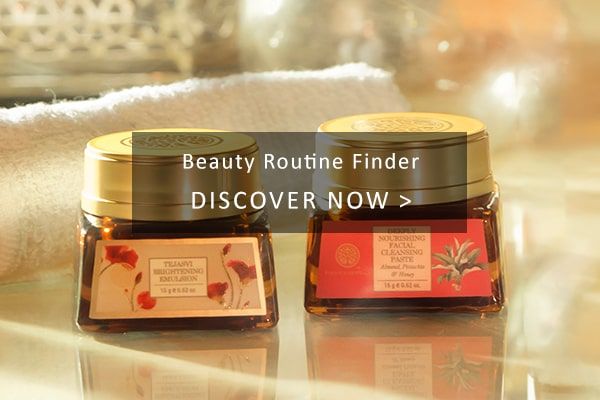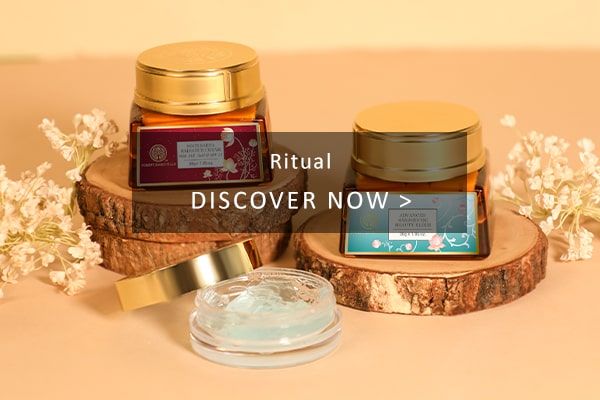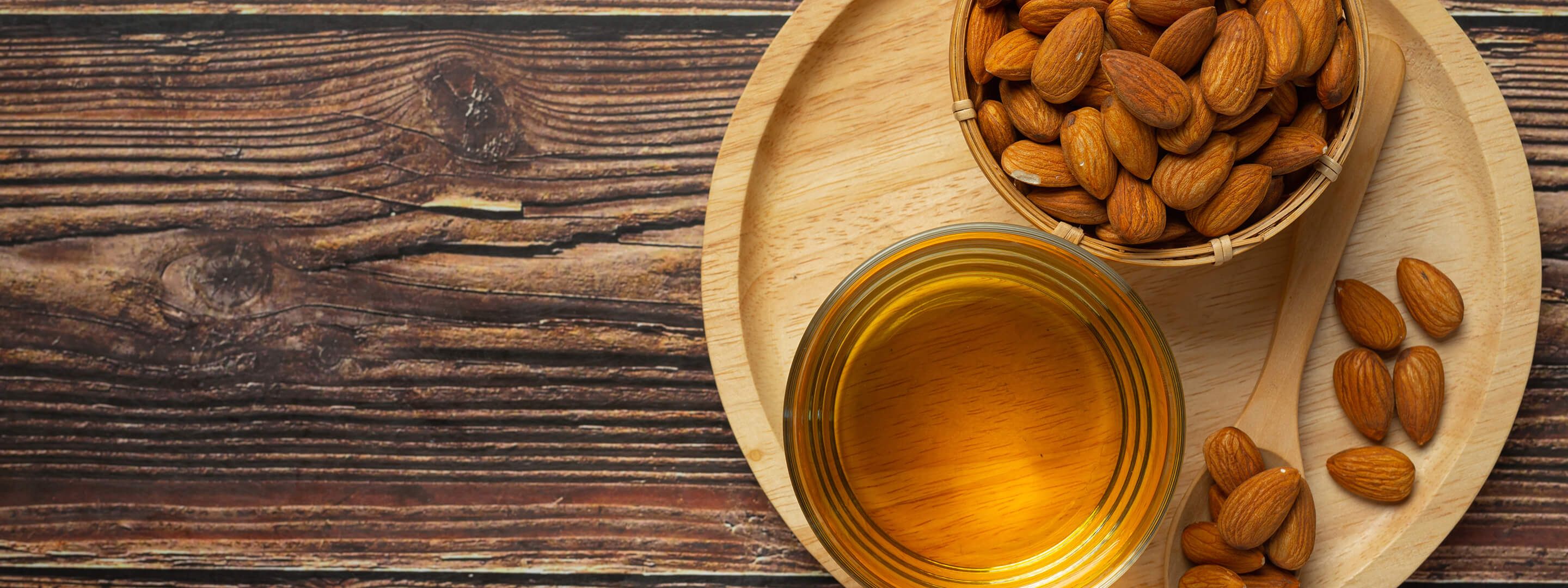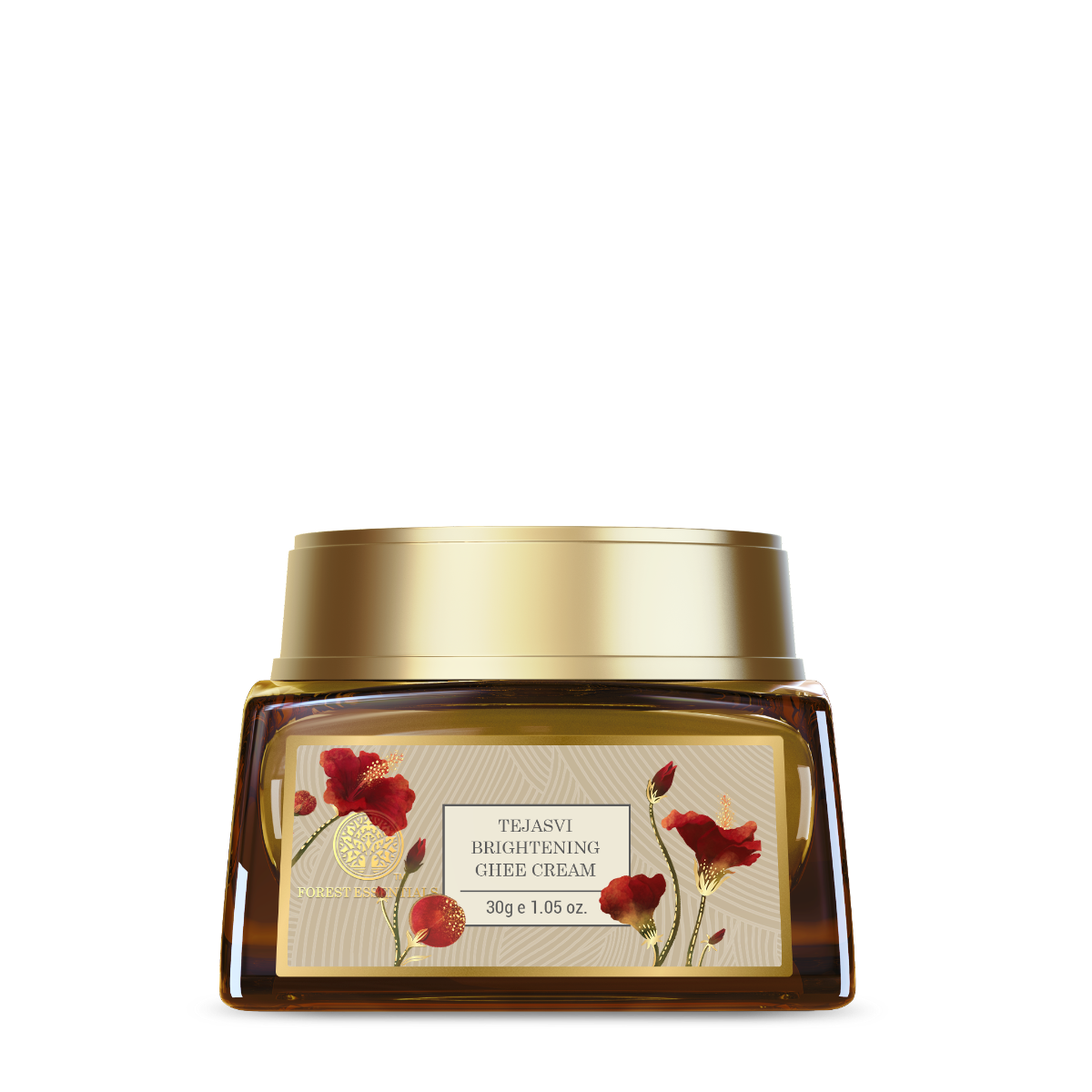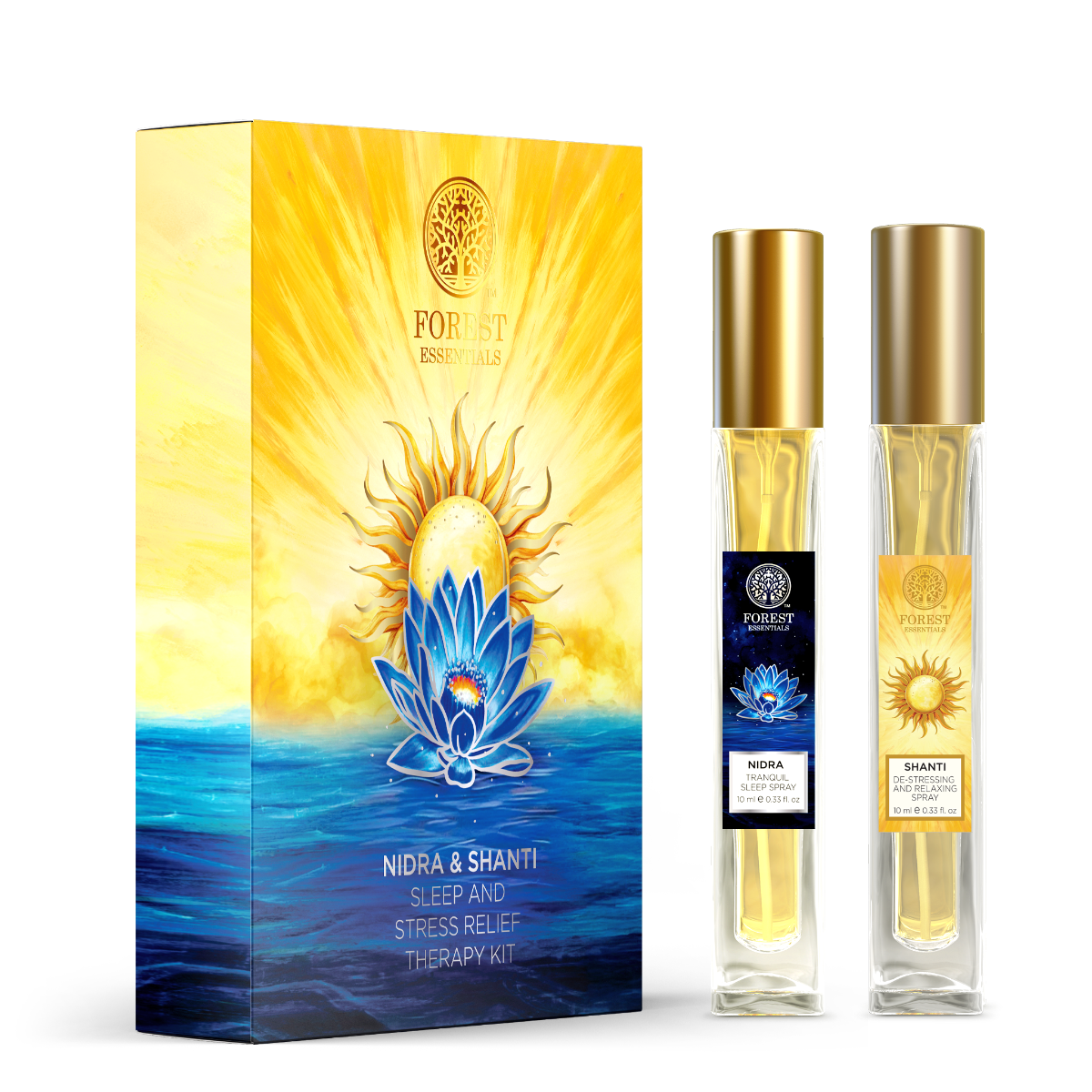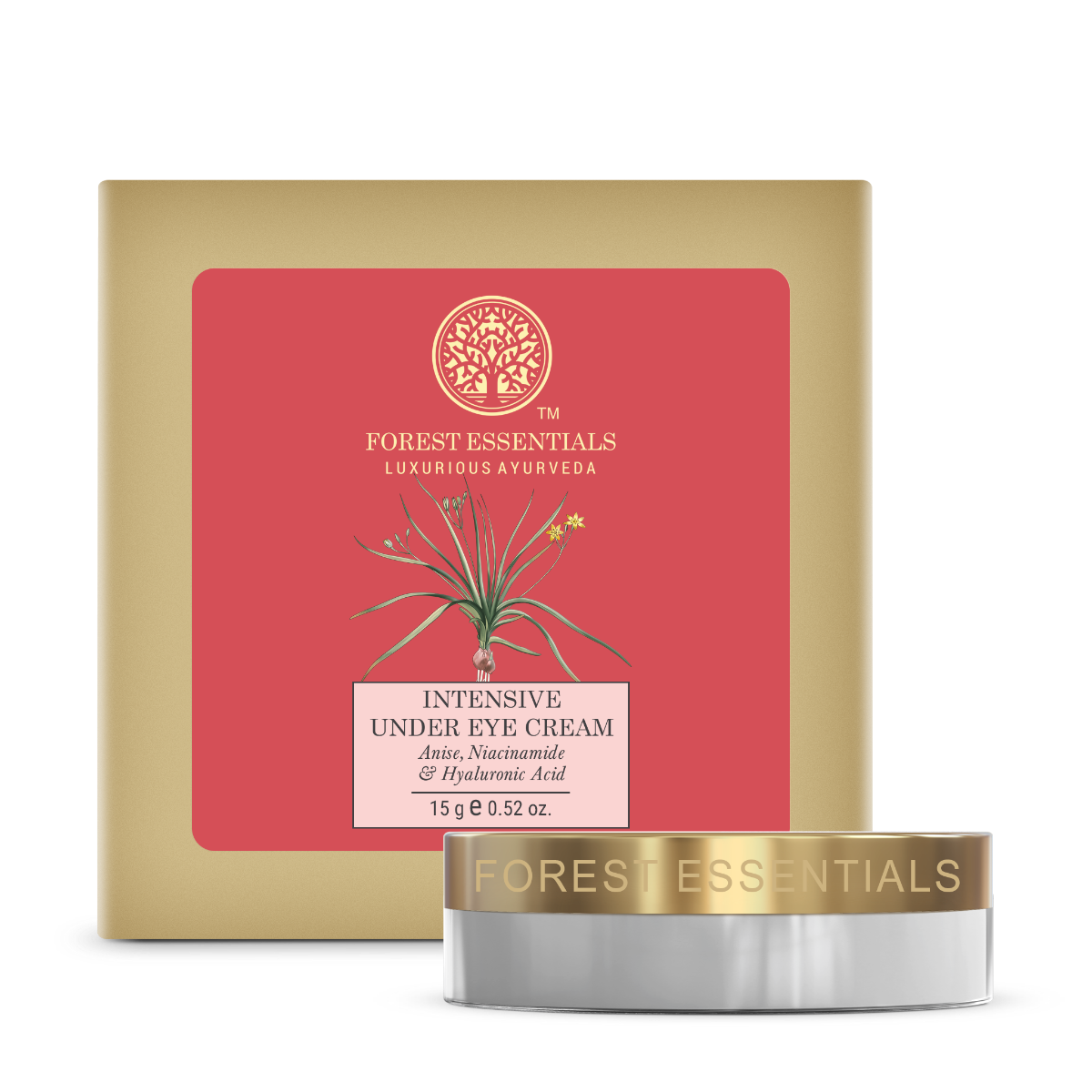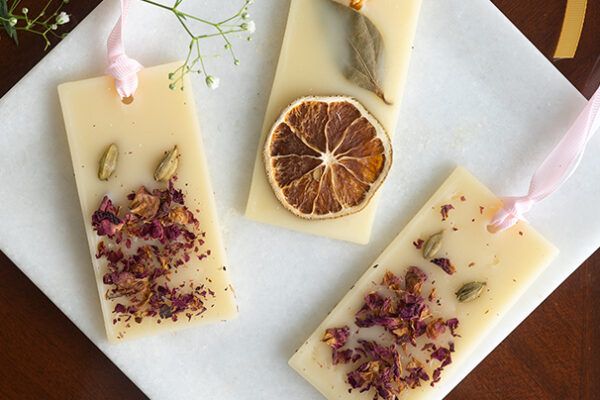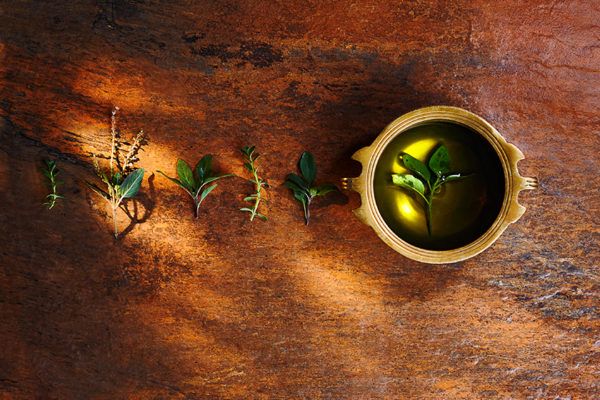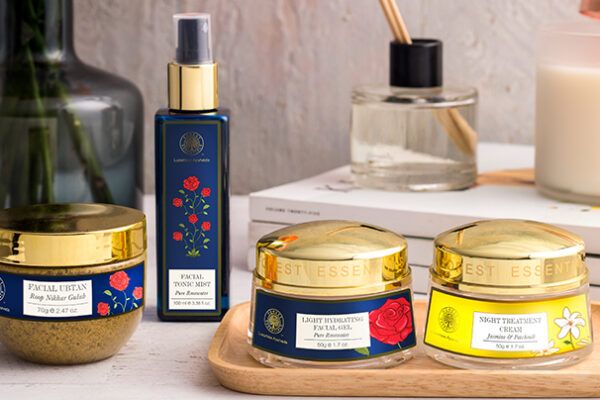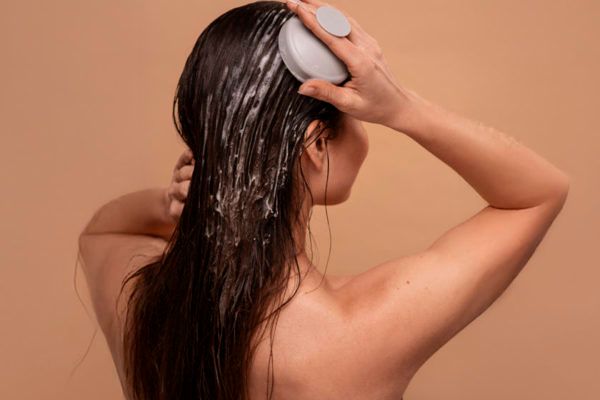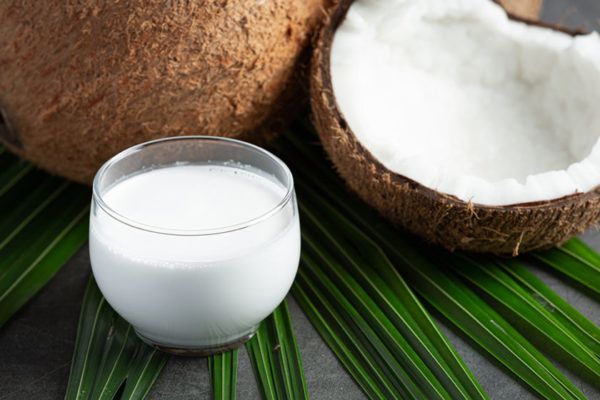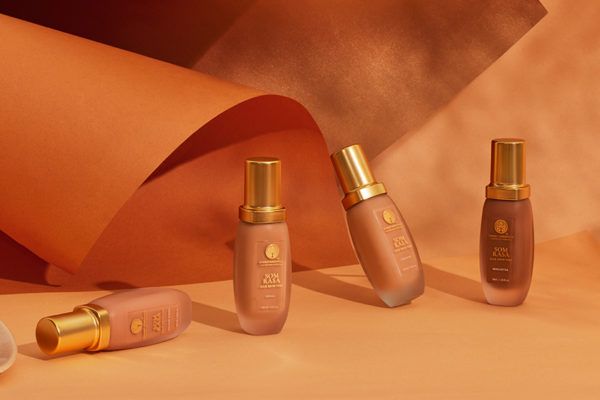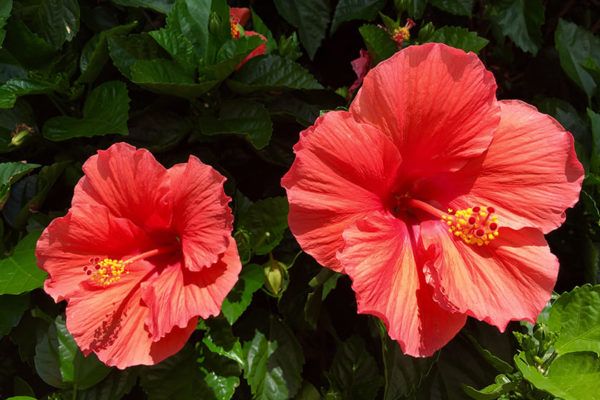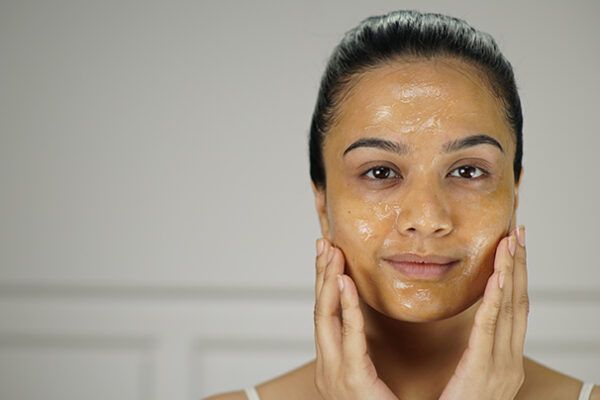Introduction:
Panchakarma in Ayurveda literally means five actions. The term purging is also often used to describe it. This series of procedures was first described in the ancient records of Ayurveda, almost 5000 years ago. The benefits of Panchakarma which is an ancient and entirely natural detox method are still being reaped today.

A quote from the Charaka Samhita, one of the oldest classical texts of Ayurveda describes the essentials of this powerful detox tool:
In a person whose digestive system has been cleansed and purified the metabolism is stimulated, disease is reduced, and normal health is maintained. Sense organs, mind, intellect, and complexion are improved; strength, good nourishment, healthy progeny and potency are the result. Symptoms of aging do not appear so easily, and the person lives long and free from disorders. For this reason, elimination therapy should be carried out correctly and at the right time.
Panchakarma therapy is used to prevent the accumulation of various concerns or for seasonal health maintenance and also as a longevity/rejuvenation therapy. What is unique about this Áyurvedic approach is that it is used not only for healing but also for prevention and rejuvenation (longevity). It is said that by undergoing samshodhana treatments, diseases will not recur.
Dhanvanthari, Ayurveda’s supreme sovereign, is depicted holding a Jalauka (a leech) in his hand. This suggests that some kind of bloodletting procedure was already being used as a cleansing therapy from ages. Nasya (a nasal rinsing therapy) is also mentioned in Vedic literature.
Panchakarma therapy is based on the central concepts of Ayurveda, which suggest that illness is caused by the build-up of toxins in the body and through imbalances in both the mind and body.

Authentic ayurvedic detox or the Panchakarma therapy is not done randomly. The Panchakarma treatments are intended to be done in a careful sequence, not in isolation which may sound as a tedious procedure nowadays given the hectic lifestyles. However, at each stage and step, physiologically, supports the next. This is one sign of “authentic” Panchakarma therapy: the treatments are performed as prescribed by the texts — in an authentic manner — allowing maximum benefits to be derived. Unfortunately, nowadays there are more simplified methods or “shortcuts” available to follow Panchakarma treatments at home but without the authentication of the procedure there are no long-term benefits rather may harm you, if done incorrectly.
Stages of Panchakarma:
An Ayurvedic treatment primarily consists of two parts namely, Samshodhana Chikitsa (Bio-cleansing therapy) and Samshaman Chikitsa (Pacifying Therapy). Panchakarma therapy falls under the first category as it is a dynamic procedure to cleanse the body from inside out to rid out the toxins called “Ama” from the body. It is a bio-cleansing regimen, which is intended to balance the morbid doshas and eliminate the toxic elements found in the body. It is a comprehensive procedure that helps improve the immunity of the body.

This body purification process also restores the doshas to their natural equilibrium. The cleansing treatment is usually accompanied by oil applications, massages, therapeutic steam baths along with Ayurveda compliant meals that need to be followed with utmost care as they can otherwise cause harm to the body rather than imparting benefits.
Today’s hectic lifestyles almost inevitably mean that our bodies are exposed to substances they are not equipped to deal with, or which are even toxic. The toxins are accumulated as a result of an improper diet, lifestyle and lack of spiritual and emotional wellbeing. If we are overburdened with these kind of toxic substances, they can begin to accumulate with a detrimental impact on our health and overall well-being. Additionally, it is common for there to be a build-up of metabolic products that have not been adequately broken down; these are also known as “Ama” in Ayurvedic medicine.
From an Ayurvedic perspective, such toxins and residues effectively clog up vital physical channels, thus inhibiting the free flow of energy throughout the body. The consequence is that our equilibrium is disturbed, and illnesses can develop. It is no coincidence that there is frequent mention of “lifestyle diseases”; as the connection with our lifestyle is an obvious. So, a Panchakarma treatment aims to liberate the body from toxins and residues that have accumulated over time.

At the heart of a Panchakarma treatment are the five cleansing procedures. These are called Vaman, Virechan, Basti, Nasya, and Raktamokshana. These terms stand for laxative measures, herbal enemas, vomiting therapies, nasal rinsing, and phlebotomy. These procedures help cleanse the gastrointestinal tract, esophagus, respiratory tract, and blood vessels of unwanted substances.
Unique to Áyurveda, this is a process of completely expelling toxins from the body. First, through
Palliation and purification, one loosens toxins lodged in the body. This allows the toxins to return through the bloodstream to their original sites in the gastrointestinal tract. Once there, the toxins can be completely expelled from the body through five methods known as panchakarma. Ayurveda Panchakarma (five actions) actually includes three stages:
- Preliminary (Palliative) employing oil and sweating methods (Snehana and Svedhana) [often used throughout the year as general maintenance and preventive program]
- Primary purificatory practices (Panchakarma) use emesis, purgation, enemas, and nasal therapy.
- Post Panchakarma therapies of rejuvenation and detoxification.
Preliminary (Palliative Treatment)
Snehana

Warm, medicinal oils are applied in large amounts all over the body. Medicated oils like Mahanarayan oil or Sahacharadi oil are used in different people according to the requirement. Essential oils may also be employed according to the doshas. Along with the application of oil, intake of oil or ghee (snehapana) is also recommended. Oils help loosen and liquefy toxins and concerns in the skin and blood (called the outer disease pathway), dislodging and removing the heavy, sticky toxins from the smallest channels. Thus, toxins begin to drain from the central disease pathway (deeper tissues) and start to flow into the GI tract. Secretions are also activated, enabling easier dosha transport of toxins (ama) and wastes (malas) as they return to the GI tract for elimination. Oil lubricates and protects tissues from damage, as ama returns to the GI tract. Finally, since Váyu is responsible for movement, oil lubrication restores proper Váyu functioning, allowing for a proper flow of wastes and toxins to their removal sites.
Swedana

According to Ashtanga Hridayam, after oleation steam, sweating therapies are employed for effective dislodging and liquefying of toxins and improving digestion. Svedhana causes the body’s channels to widen, enabling ama to easily flow from the tissues back to the GI tract and improve circulation. Heat allows the skin and blood (outer disease pathway) to be cleansed. This relieves, cleanses, and reduces fat tissue and muscle tension. Heat also restores balance to Váyu and Kapha (i.e. removing coldness and stiffness) and reduces the heavy, sticky nature of ama. Once toxins are back in the G.I. tract, they are ready to be completely expelled from the body through Panchakarma therapy. Internal (e.g., spicy herbs) and external (e.g. jacuzzi, sauna) heat are used to dislodge wastes and toxins.
Pradhana Karma – Primary Purification Practises
Panchakarma therapy consists of five cleansing aspects:
- Emesis (VAMANA)
- Purgation (VIRECHANA),
- Medicated enemas (BASTI)
- Medicated nasal oils (NASYA)
- Toxic bloodletting (RAKTAMOKSHAN)
Vamana
Vamana is a guided emesis, which expels the accumulated toxins through vomiting. The best time to practice is during late spring or early summer (Kapha provoking time) and close to the full moon when the water element is high, one day after snehana and svedhana, after a good sleep, after food is digested, or after sunrise—6:00 to 9:00 or 10:00 a.m. (Kapha time).

Preliminary Therapies (Purva Karma) before Panchakarma is employed, we first reduce the excess doshas and cleanse ama (toxins) from their system. This is achieved by eating lightly spiced meals according to their dosha. After palliation therapies remove toxins, two main preliminary therapies are used, oleation and sweating. Both begin to unseat the toxins that have moved and located themselves in places they do not belong. These relocated toxins are the cause of ill health or imbalances.
Virechana
Purgatives eliminate excess Pitta from their site in the liver, gall bladder, and small intestine (it does not deal with the large intestine). The bitter purgatives are used depending on the concern. This purification therapy is preferred for Pitta and liver disorders (e.g., gall stones). According to Ashtanga Hridayam, the time of purgation is after Vamana (emesis), and after 9:00a.m. (the end of the Kapha time of the day). Similar preliminary treatments of Snehana and Svedana are incorporated and post that the therapy is performed.
Basti
Enema is half of the medicinal therapy, or even the complete treatment
Charak- Sid. Ch. 1 verse 39
Basti therapy is primarily used for excess Váyu, either alone, or if the predominant dosha is deranged. Basti is the Sanskrit name for urinary bladder. Originally, the bladders of larger animals, like buffaloes and goats were used as enema bags. The colon is related to all other organs and tissues, so by cleansing and toning the colon, the entire body is healed and rejuvenated. The colon is the main organ that absorbs nutrients. A healthy, functioning colon is imperative for proper assimilation of nutrients.
Nasya

Áyurveda suggests that the nose is the gateway to the head. Thus, nasal herb therapy is used for healing diseases of the throat, neck, head, and senses (e.g., ears, nose, eyes, etc.). Nasya is also used for toning and strengthening these areas. It is known to improve vision, smell, and hearing, prevent greying hair, hair fall, stiff necks, headaches, and lockjaws. Nasyas are taken before meals.
It is recommended to ideally take these nasyas in the morning on an empty stomach and avoid taking them on cloudy days.
Raktamokshana
Therapeutic toxic bloodletting (Raktamokshana) involves releasing toxic blood from various body sites. The impure blood is let out as it causes various skin and body illnesses. 2 to 8 ounces is the general amount of the released. Bloodletting is useful when wishing for immediate results with Pitta disorders such as skin, liver, spleen, and conditions like gout, headaches, and hypertension. Late summer through early fall is the best time for this procedure.
Uttar Karma
Panchakarma is recommended at least once a year. It is important to resume or establish a diet and lifestyle that is harmonious with one’s constitution to rebuild the tissues damaged by the disease, giving them a new level of strength and purity. For instance, post emesis Manda, Peya, Vilepi are introduced gradually into the diet. Regular meals are gradually introduced as the digestive fire grows stronger. The general rule of thumb is to eat only when hungry.

Oil or ghee is first taken with gradual reintroduction of the six tastes. Rebuilding the healthy cells and tissues is known as rejuvenation and is the basis of the Áyurvedic approach to longevity. Deeper tissue rejuvenation is most important because this is the source of the body’s energy or life-force (ojas). Herbs that increase ojas for each dhatu (tissue) layer are included.
Benefits of Panchkarma Therapy
- Purification of the Body and Soul: This therapy is the ultimate solution to get rid of all impurities and toxins from the body and thus purifies the mind, body and soul.
- Basis for Complete Wellbeing: Panchakarma therapy is one of the finest ways to achieve a healthy and stress-free body.
- Balancing the vitiated doshas: As per Ayurveda, doshas are the main governing factors of the human body. It is due to the imbalances in these doshas that our body sometimes responds in an abnormal way, and we fall prey to various kinds of ailments. Panchakarma therapy thus helps to restore the balance between the doshas for proper functioning of the body. It helps to maintain a balance between all the three doshas that are responsible for governing our body.
Contraindications
Panchakarma treatment can be demanding both physically and mentally. Consequently, it is not something to be entered into at any time. In fact, for some people, it is entirely inappropriate, for example, children. In addition, anyone who feels physically weak or who is dealing with the after-effects of an illness or operation should postpone this kind of treatment – or even reconsider it completely.
FAQ’s
What are the steps involved in Panchakarma?
Panchakarma Ayurveda includes three steps:
- Preliminary (Palliative) employing oil and sweating methods (Snehana and Svedhana)
- Primary purificatory practices (panchakarma)
- Post Panchakarma therapies
What does Panchakarma do for the body?
It is the solution to get rid of all impurities and toxins from the body and thus purifying the mind, body and soul. Additionally, it helps to achieve a healthy and stress-free body while balancing the vitiated doshas.
Which oils are used in Panchakarma?

There are a variety of single or medicated oils that are used in various therapies in Panchakarma. They are decided as per the therapy or the requirement of the person. Abhyanga may require pure Sesame oil or Sunflower oil. Sahacharadi tailam, Mahanarayan tailam are also a few of the medicated oils used as per the concerns.
How long does Panchakarma treatment take?
Due to its invasive and elaborate methodology, the duration of the treatment depends on the concern and the acuteness of the illness of a person.
Is Panchakarma helpful?
Ayurveda offers unique therapeutic measures that heal mild and chronic diseases. Even diseases that are believed to be incurable by modern medicine have been healed. The most deeply seated toxins that cause diseases are heavy and sticky, lodging in the deepest tissue layers. Pancha Karma permanently eliminates these toxins from the body, allowing healing and restoration of the tissues, channels, digestion, and mental functions.
Can I do Panchakarma treatment at home?
Certain pre and post procedures can be done at home like consuming Ghee, Snehana (oleation) or Svedana (fomentation) and post operative procedure of including rice water, kanji, khichari etc. in your diet after the detox. However, the main operative procedure requires supervision and will require a certified Ayurveda physician to overlook the entire process.
Who needs Panchakarma?
Panchakarma is for everyone. None of us is exempt from our day-to-day hectic lifestyles. It is a dynamic procedure to cleanse the body from inside out to rid out the body and mind from all the toxins gradually accumulated over a period of time.
Can we sleep during Panchakarma?
You can rest during the purva (preoperative) and the paschat (post-operative) care however during the pradhana (operative) or the main procedure you will need to be alert, and it can be exhausting as you will need to force out the accumulated toxins from the body.
Which season is best for Panchakarma?
Panchakarma therapy consists of 5 therapies which are ideally suggested according to the person’s chronic illness condition. The vamana is done in the vasant ritu, phlebotomy is done in Sharad ritu, Nasya is for all seasons expect when it is cloudy, Virechan is for Sharad ritu, and Basti therapy is for all seasons. However, if there is an acute condition, the physician can perform the Panchakarma on priority in any season.
References:
https://www.ncbi.nlm.nih.gov/pmc/articles/mid/NIHMS116241/
https://ecovillage.org.in/ayurveda/blog/panchakarma-the-science-of-healing-and-restoration.php
https://health.rajasthan.gov.in/content/raj/medical/directorate-of-ayurved/en/Services/Panchakarma-therapy.html
https://en.wikipedia.org/wiki/Nasya
